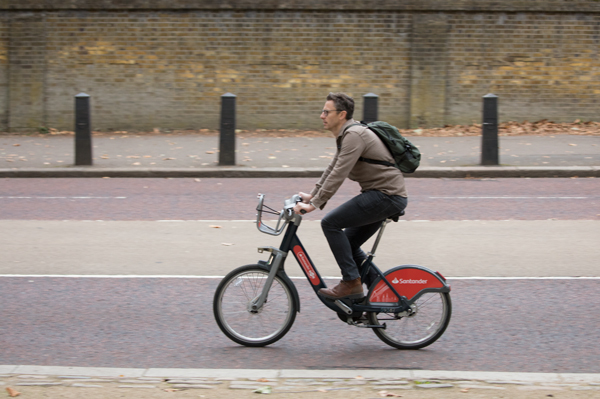CWIS 3

The government has launched a consultation on the third Cycling & Walking Investment Strategy (CWIS 3) which runs from 2025-2030.
The consultation is on:
- a Vision
- Objectives and
- how local authorities will provide active travel capital and revenue programmes
The consultation is aimed primarily at councils, but individuals can also respond.
Vision
The Vision is:
‘By 2035, the government wants walking, wheeling and cycling to be a safe, easy and accessible option for everyone – allowing people to embed the economic, health and environmental benefits of active travel into their daily life if they choose’.
Objectives
There are two new Objectives in CWIS 3:
- Ensure people are safe to travel actively
- Ensure people feel it is an easy choice
The CWIS 3 consultation says:
‘These proposed objectives capture the main barriers preventing people from walking, wheeling and cycling, particularly for women and children’.
Ministerial Foreword
There’s a Ministerial Foreword by Secretary of State for Transport Heidi Alexander and Active Travel Minister Lilian Greenwood.
It includes statements about the benefits of active travel – the sort of thing we’ve heard again and again, and which is entirely uncontroversial but does not of itself lead to meaningful change.
The Ministers float their big idea of passing responsibility for active travel to regional and local leaders.
‘To make this Vision a reality, we are empowering local government across England to embed active travel into their local transport systems – ensuring its benefits can be felt by all’.
CWIS 3 describes this as a ‘locally-designed national strategy’, which sounds like a contradiction in terms.
It says local authorities will be ’empowered and supported to integrate walking, wheeling and cycling into wider transport priorities and local health plans’.
Funds
Among the funds identified by CWIS 3 are:
- £15.6 billion of Transport for City Regions Fund
- £2.3 billion of Local Transport Grants
£24 billion for strategic and local roads is also mentioned, but it’s not clear how much if any will be dedicated to active travel.
Mission-Based, Cross-Government Approach
The consultation document lists the departments that will be involved in active travel policy. They include Health and Social Care, and Education.
It says that walking, wheeling and cycling are among the most cost-effective ways of meeting the Chief Medical Officer’s guideline of 150 minutes of weekly activity.
‘Our priority is to support people and places with the greatest need, where the inactivity is highest. Making low cost, active travel options appealing and safe will be especially effective in areas where inactivity levels remain stubbornly high, while also tackling wider inequalities’.
Performance Monitoring
Performance Monitoring is perhaps the strongest element of CWIS 3.
The CWIS 3 Objectives are to be measured by five Key Performance Indicators (KPIs). They include:
- increase the percentage of walking and cycling stages per person by 2030 and
- increase the percentage of walking and cycling trips per person to and from school
There are also four KPIs related to the performance of Local Transport Authorities. They include:
- increase in miles of compliant new/improved active travel network delivered
- maintained or improved active travel capability rating
It will be primarily Mayors who will be held accountable on these LTA metrics.
Finally, there are KPIs for Active Travel England’s performance which include:
- improved local authority active travel capability ratings
- increased scheme quality
- increased percentage of capital projects completed on schedule
- bigger number of trained active travel professionals/local authority officers

